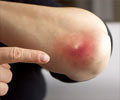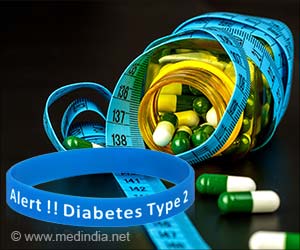
‘Tld genes may have a role in protein quality control and activating different natural products including antibiotics, such as microcin B17.’
Tweet it Now
"We think this may be a gizmo that bacteria use to activate processes which are dormant until the moment is right, when the pencil sharpener gets turned on and releases antibiotics," said Konstantin Severinov, senior author of a new study and principal investigator in the Waksman Institute of Microbiology at Rutgers University-New Brunswick. The scientists, whose discovery was published in the journal Structure, studied TldD and TldE bacterial proteins involved in making micronin B17.
Many bacterial cells make inactive compounds called prodrugs - precursors that turn into drugs in the body, Severinov said.
"It's like a future drug and when the need arises and when the going gets tough, the drug is activated and it's like a toxic warhead that gets exported outside the cell and kills its harmful neighbors," he said.
The prodrug examined by the scientists is like a stick with two parts, he said. The core part is the toxic warhead. A "leader" is on the other end and prevents the warhead from functioning until the right time.
Advertisement
Tld genes are common in bacteria, suggesting that they play an important function in bacterial physiology, the study says. That might include a role in protein quality control and activating different natural products including antibiotics, such as microcin B17.
Advertisement
Some toxins could be used in a beneficial way, he noted. For example, people have been using bacterial toxins to kill insects for decades. And when bacteria produce toxins that harm humans, drugs that inhibit Tld and fight such bacteria could be developed.
The scientists speculate that their findings could lead to future applications in the protein engineering and synthetic biology fields.
Source-Eurekalert













